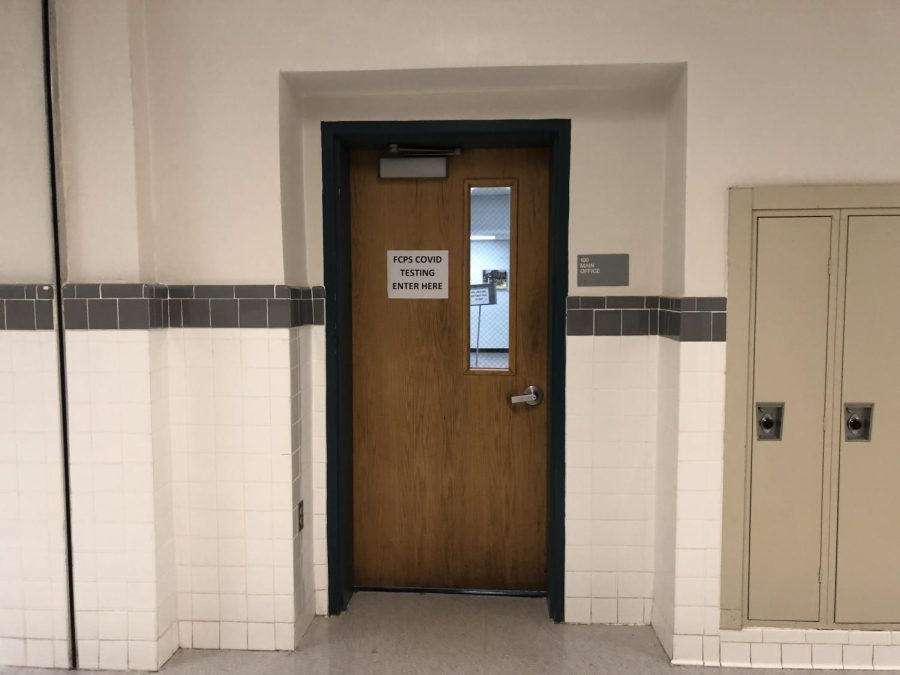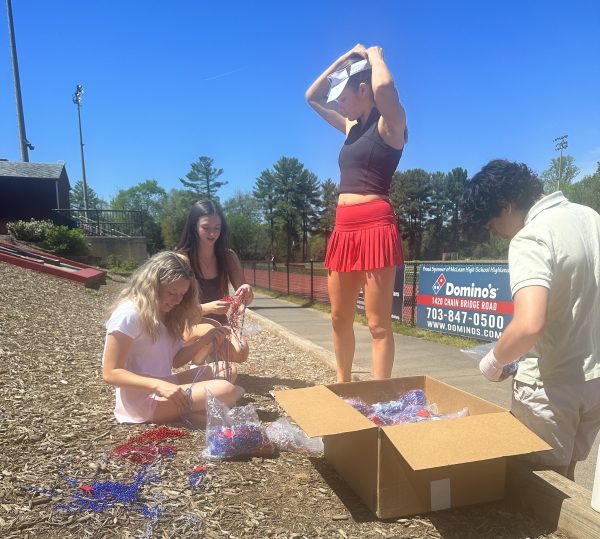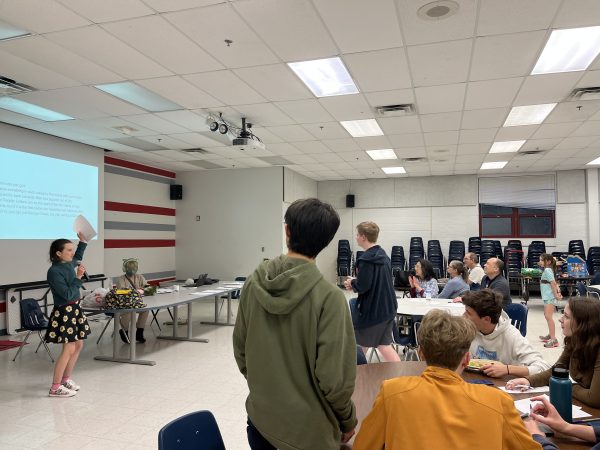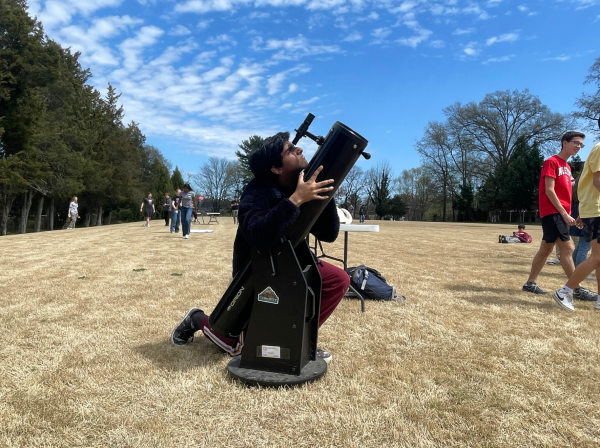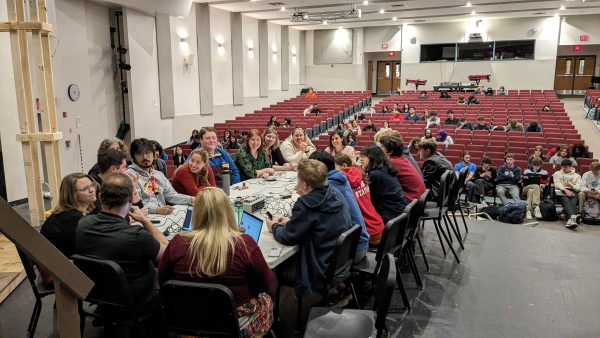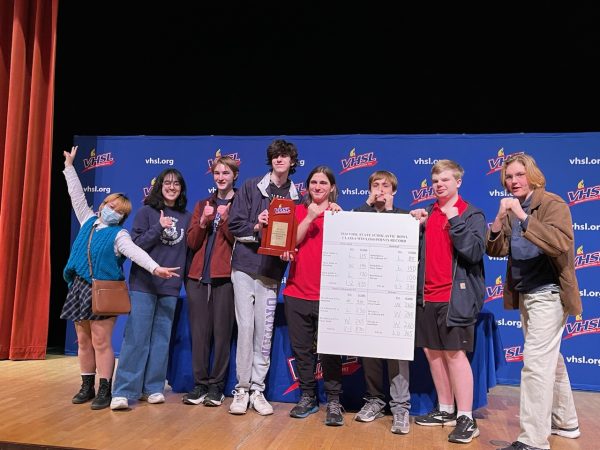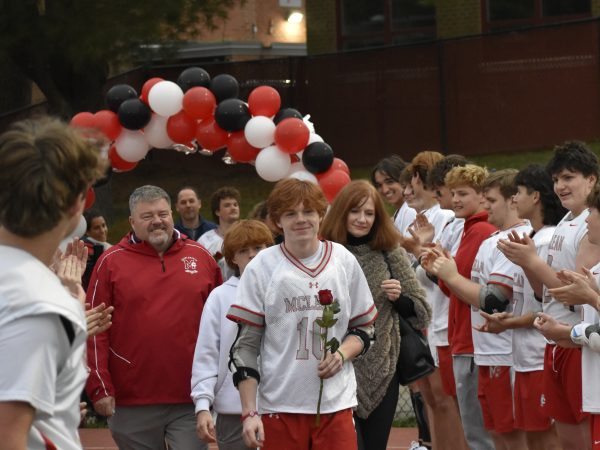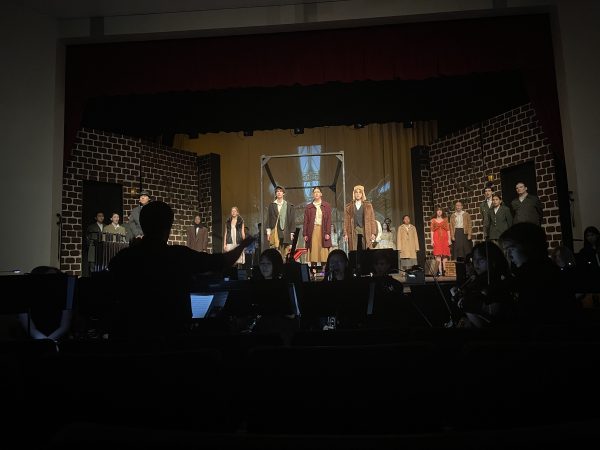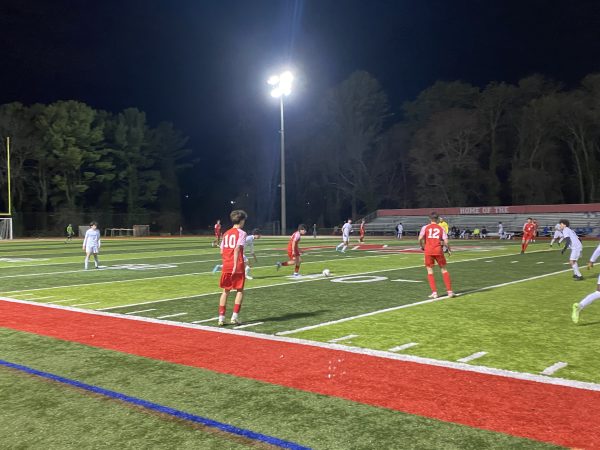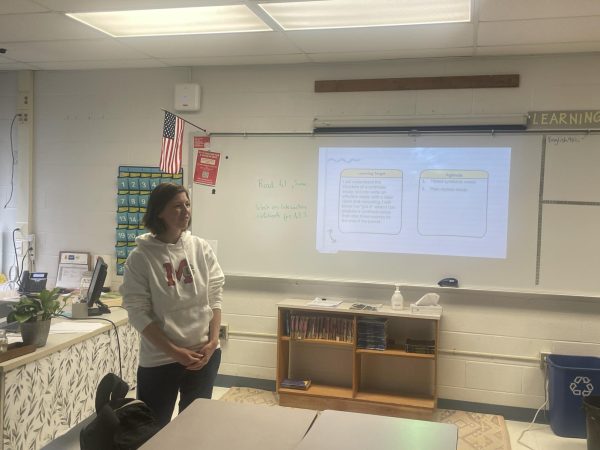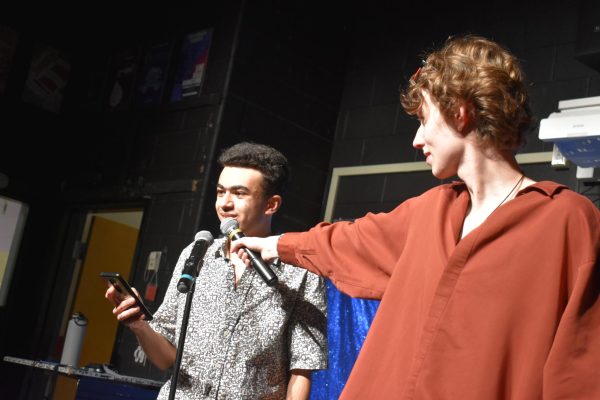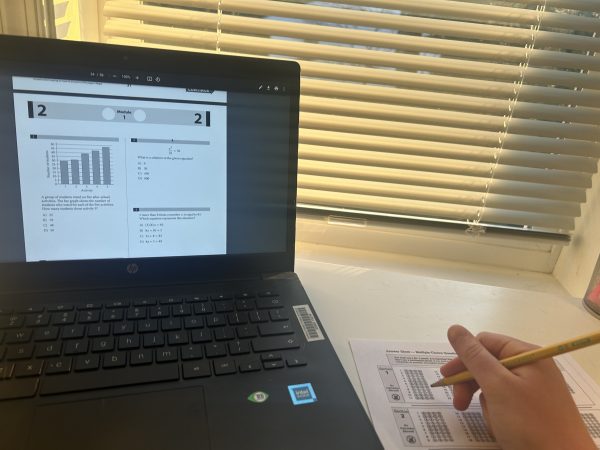FCPS describes plan as COVID-19 spreads in schools
School district commits to keeping classes in-person, indicates backups in the event of teacher absences
COVID-19 testing is available to students at McLean, but a very limited number of tests are available each week.
The number of hospitalizations and confirmed cases in the United States has steadily risen over the week of snow days and return to school in Fairfax County Public Schools (FCPS).
One popular solution to the threat COVID-19 poses in schools would be a temporary shift back to virtual learning, but the school district has indicated it is not intending to do so. Additionally, Virginia’s SB-1303 law bars schools from switching to a completely virtual instruction environment; schools must provide in-person learning as a choice to all families under the law, and FCPS has indicted current staffing shortages mean a hybrid learning environment—where students can choose to be either online or in-person—is not possible.
“I think that we’re doing okay [with handling COVID-19],” principal Ellen Reilly said. “I’m supporting Fairfax County in staying open.”
To respond to increasing cases in schools, FCPS has developed a new classroom coverage plan designed to ensure students receive supervision in the event of teacher absences due to COVID-19 illnesses.
The U.S. Department of Education has listed three tiers based on the level of teacher coverage: Plan A, where 0% of classrooms are without coverage or doubled-up; Plan B, where 1-10% of classrooms are without coverage; and Plan C, where 11-25% of classrooms are without coverage. Classrooms without coverage will be accounted for by either a substitute, pairing two classes together, or grouping more than two classes together to ensure all students receive supervision, in that order of preference. More information is available on the FCPS website.
“[Teachers] are all willing to cover for each other, but if large numbers of students need to be combined to facilitate coverage, I worry that will increase the risk of COVID being spread,” science teacher Laura Schultz said. “I think the worst case is students doing asynchronous work in a crowded room.”
Some students argue that these plans are not enough to handle the COVID-19 case spike, and that the most effective plan, despite being prevented by Virginia’s laws, would be to return to virtual learning.
“I prefer in-person learning more because it’s easier to concentrate and group projects are more enjoyable because people participate,” junior Abby Chung. “My father, who spent the majority of winter break at the ICU treating COVID patients, said that hospitals across the U.S. are currently overflowing with patients and are understaffed with insufficient amounts of beds. Omicron is spreading like rapid fire, and people aren’t realizing how serious this issue is.”
Some also point out that the new plan only addresses one of the many potential negative effects of high COVID-19 cases.
“I have found it odd that this plan only addresses staff absences, not student absences,” Schultz said. “At what level of student absence would we change plans?”
McLean has indicated that there are plans in the event too many students are absent, but it would involve asynchronous learning, not synchronous virtual learning where classes are held live on conferencing platforms like Zoom.
“If we get to a certain percentage of kids [being absent], we would go asynchronous by choice,” Reilly said. “So if you were sick and you wanted to stay home, or if you still wanted to come into the school, I think [they would] still keep the school open.”
Overall, FCPS’ new coverage plan leaves members of the McLean community with more questions than answers, particularly as the end of the quarter nears and snow days have taken away instruction time.
“Now that return to school seems on again, what I find most stressful is the uncertainty,” Schultz said. “I have actually no idea what each day will be like over the next few weeks. Who will be in class? How do I accommodate students who are out? Will I have any planning time? Will I get sick? I’ve never felt so much uncertainty, even in March 2020.”
Your donation supports the McLean High School's independent, award-winning news publication.



